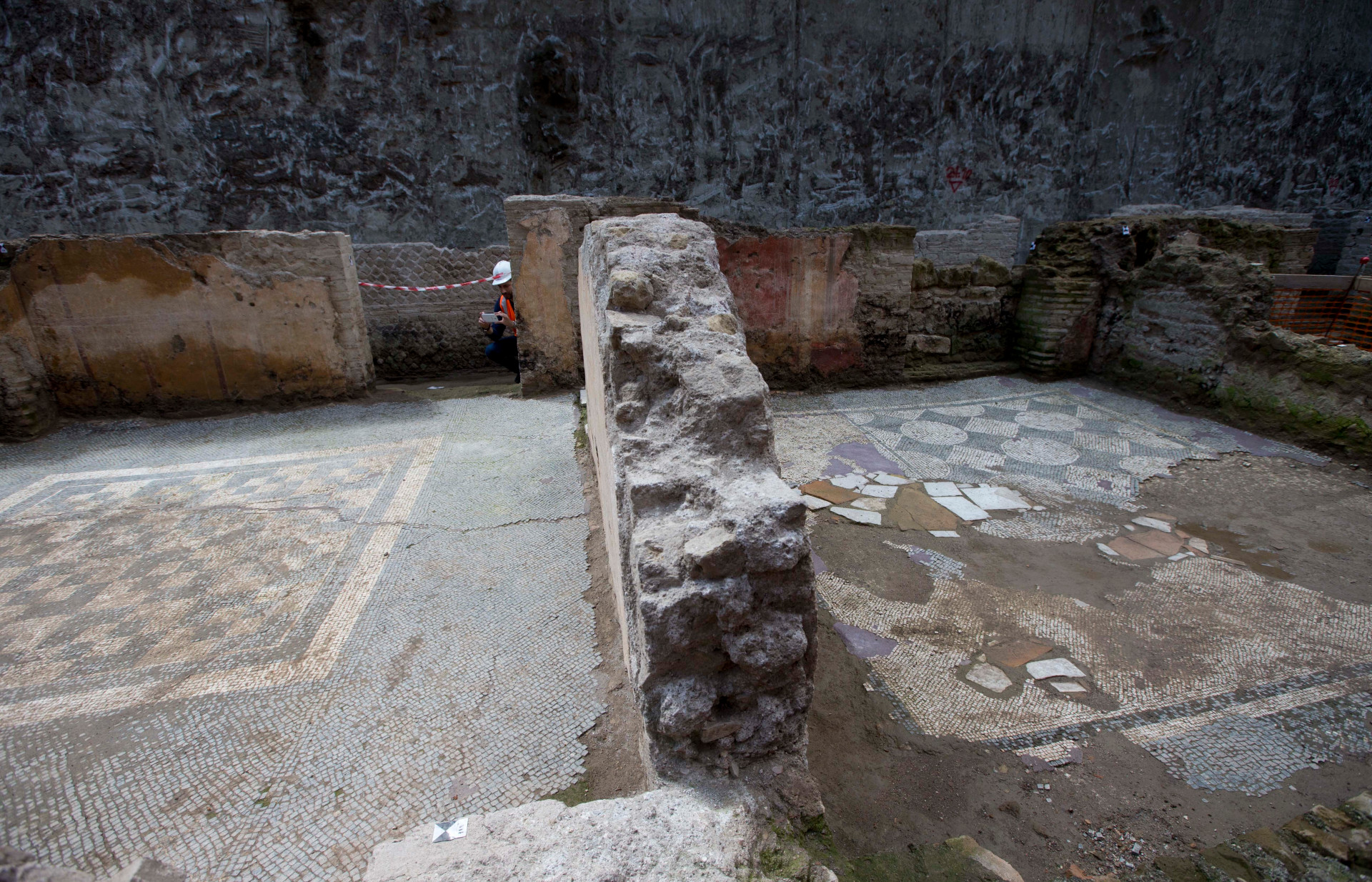
Ancient ruins were found during the process of digging for a new subway line in Rome. The workers accidentally bumped into the ancient ruins that appear to be soldiers barracks dating back to Imperial Rome.
Close to Colosseum
The barracks was found circa 1 kilometer from Colosseum and consists of 39 room and are in surprisingly good condition. The archaeologists have also found a grave containing 13 skeletons.
Rossella Rea of Italy’s Culture Ministry, in announcing the discovery on Monday, told the Associated Press: It’s exceptional, not only for its good state of conservation but because it is part of a neighborhood which already included four barracks. And therefore, we can characterize this area as a military neighborhood.
The 39 rooms are each 4 x 4 square meters, 624 square meters in total (roughly 10,000 square feet). They all have access to a wide, 100 meters corridor. The officers’ rooms are richly decorated with mosaic on the floors and frescoes on the walls.
The brick wall indicates that the building was erected sometime between the year 123 and the year 136 BCE. During the time of Emperor Hadrian’s rule as roman emperor.
The Praetorian Guard
The barracks probably housed portions of the Praetorian Guard, the emperor’s bodyguards, according to archaeologists. The Praetorian Guard were the elite among Roman soldiers.
These elite soldiers were to protect Roman generals during the Principat (The Republic) and then the Emperors during the Imperial period (the Dominate).
The Praetorian Guard numbered thousands of people. Under the first emperor, Augustus, the Praetorian Guard consisted of nine cohorts with 500 men each, which he increased to 1,000 men. The Praetorian Guard not only protected the Emperors, they also patrolled the city of Rome on foot and on horseback.
The army was in fact forbidden to reside in Rome – only the emperor’s bodyguards was allowed to remain station within the capital’s walls.
Buried Soldiers?
The 13 skeletons of adult males that the archaeologists could be probably praetorian guard, who died during their 16-year service for which they had enlisted. Only a bronze coin and a bronze bracelet have been found with the bodies.
But a biochemical testing of the skeletons could reveal where these people came from. The historians know that during the 1st and 2nd centuries BCE, the praetorian guard were mainly men from the Italian peninsula. But in the 3rd century, emperor Septimius Severus started recruiting Guard members mostly from outside of Italy. The test results could, therefore, provide us with more information about the composition of the Guard during the 2nd century.
It is, however, odd that the bodies were found beneath the floor in one of the rooms, did the people who constructed the building know they were going through or covering up a burial? It is surely possible that the bodies weren’t Praetorian Guard at all. Regardless, these skeletons are indeed associated with barracks and with the Praetorian Guard, and they will provide us with new insight into the lives of ancient Romans.
A 2,000 Year Old Subway Station
The archaeologists have already concluded that the barracks are impossible to be move. Instead, the metro company plans to build the subway station around it. In this way, the future metro commuters will be able to enjoy the ancient barracks when they pass by the station Amba Aradam, near the important metro interchange at the Colosseum, called Fori Imperiali/Colosseo. The new station, on Metro Line C, is scheduled to open in 2020.

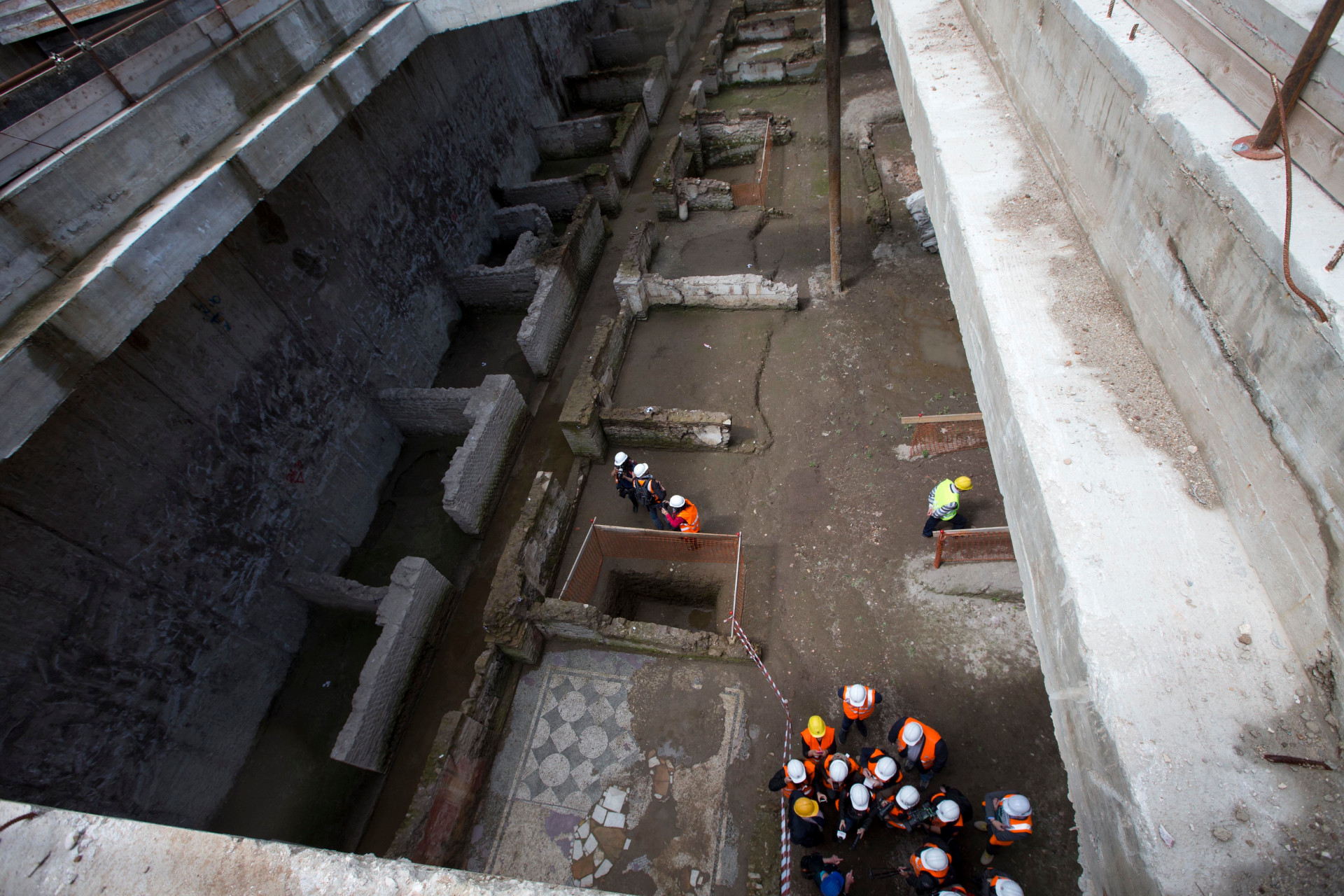
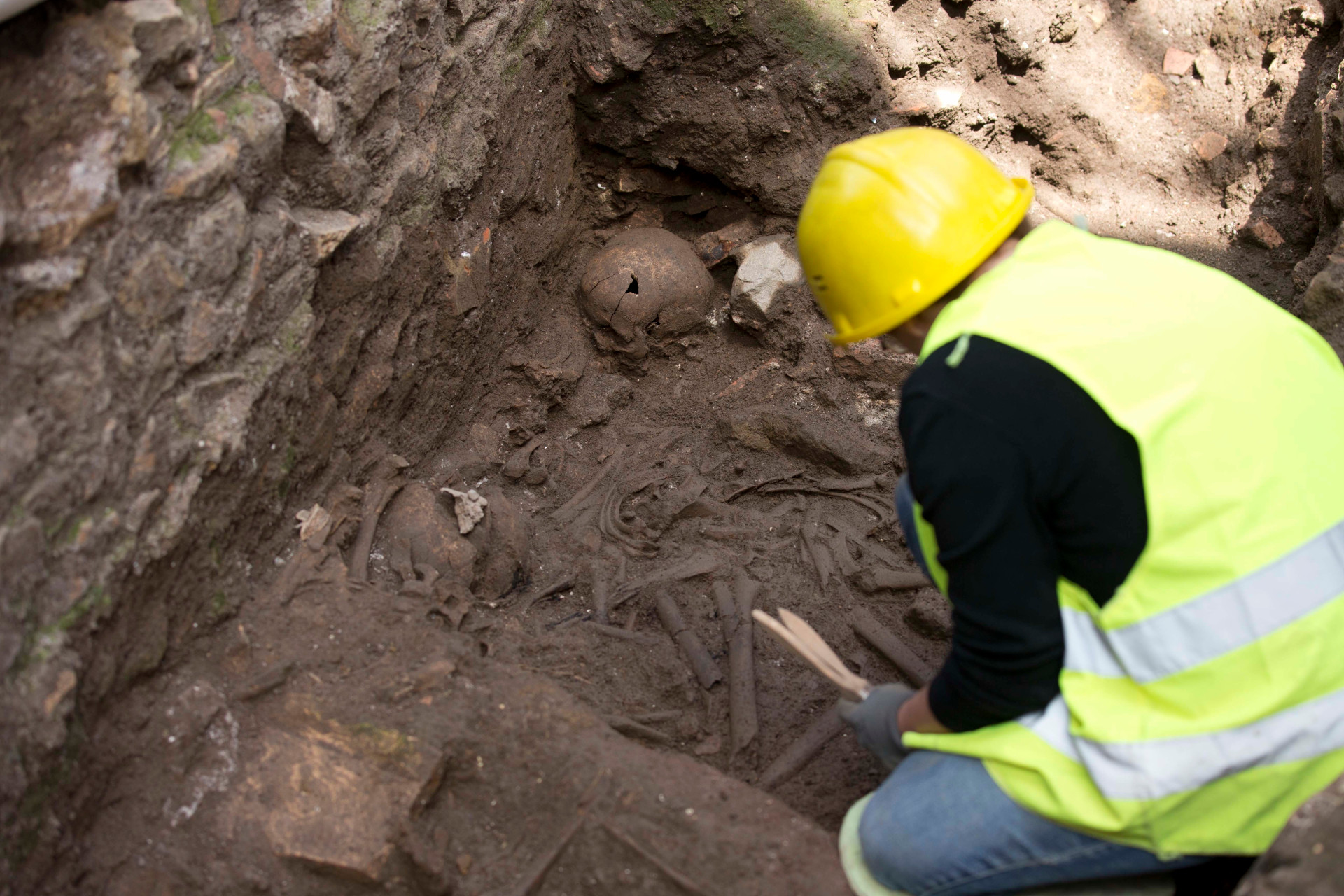
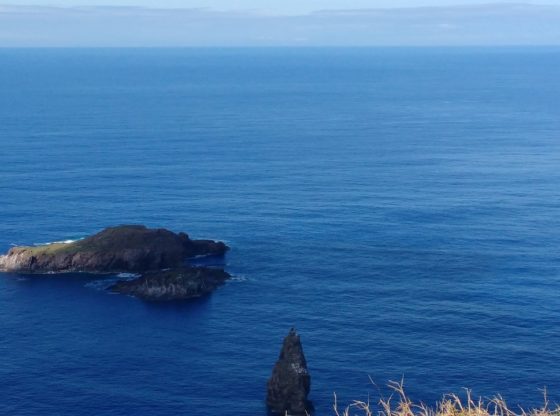
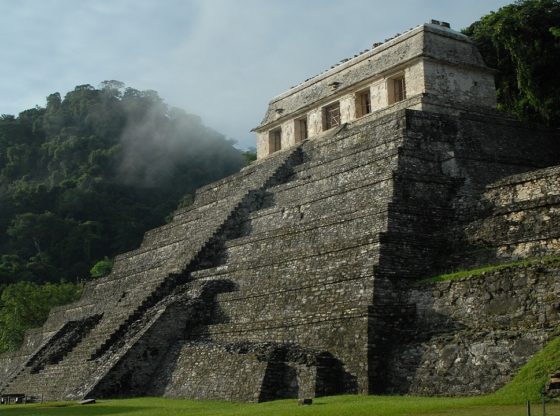
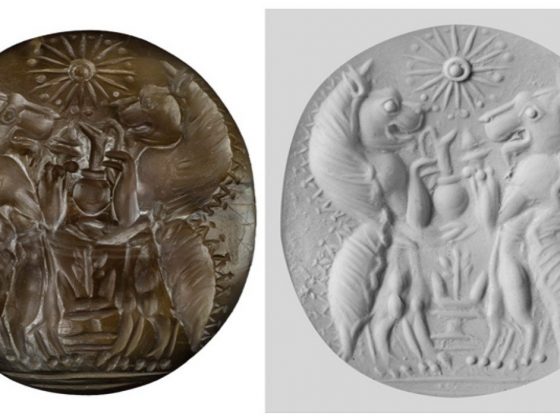
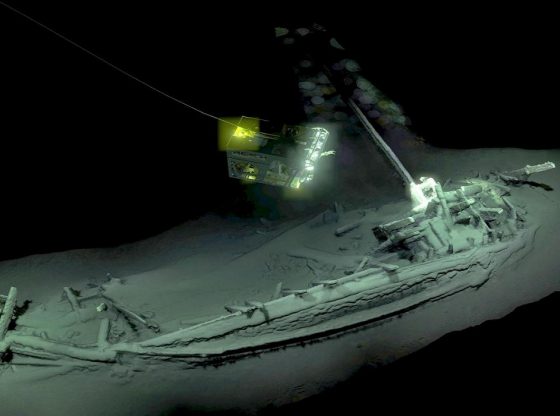

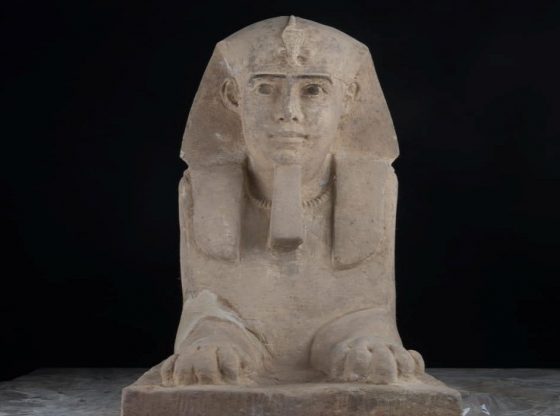


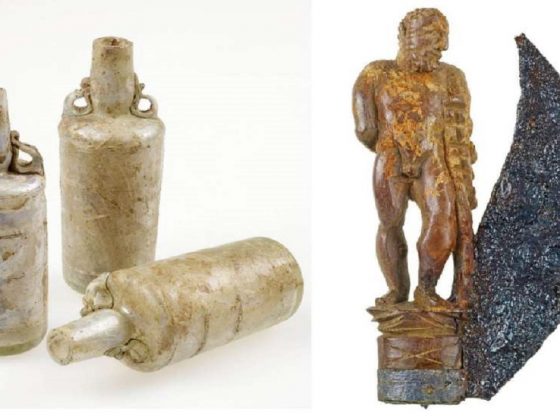

![OpenAI. (2025). ChatGPT [Large language model]. https://chatgpt.com](https://www.illustratedcuriosity.com/files/media/55136/b1b0b614-5b72-486c-901d-ff244549d67a-350x260.webp)
![OpenAI. (2025). ChatGPT [Large language model]. https://chatgpt.com](https://www.illustratedcuriosity.com/files/media/55124/79bc18fa-f616-4951-856f-cc724ad5d497-350x260.webp)
![OpenAI. (2025). ChatGPT [Large language model]. https://chatgpt.com](https://www.illustratedcuriosity.com/files/media/55099/2638a982-b4de-4913-8a1c-1479df352bf3-350x260.webp)








